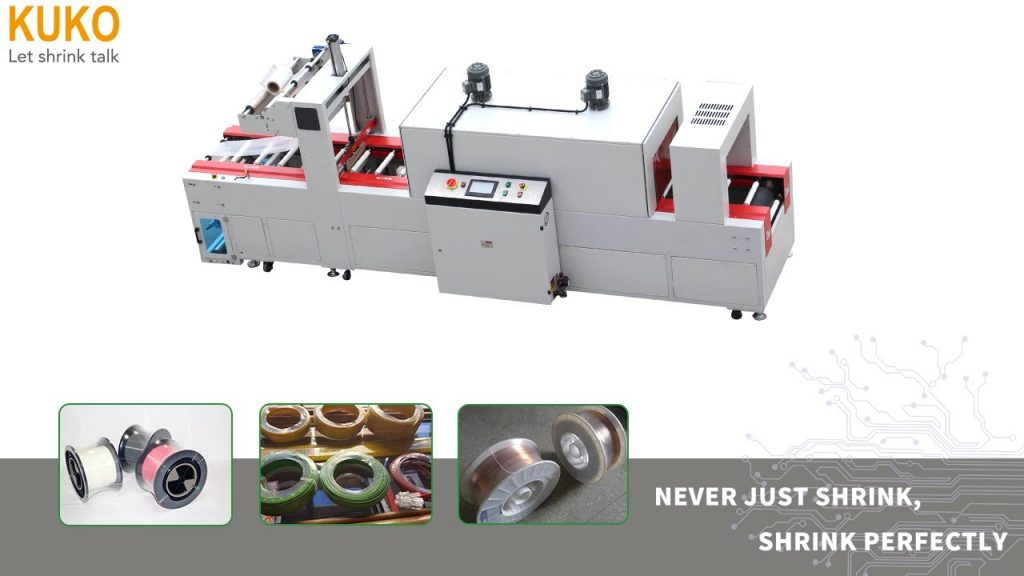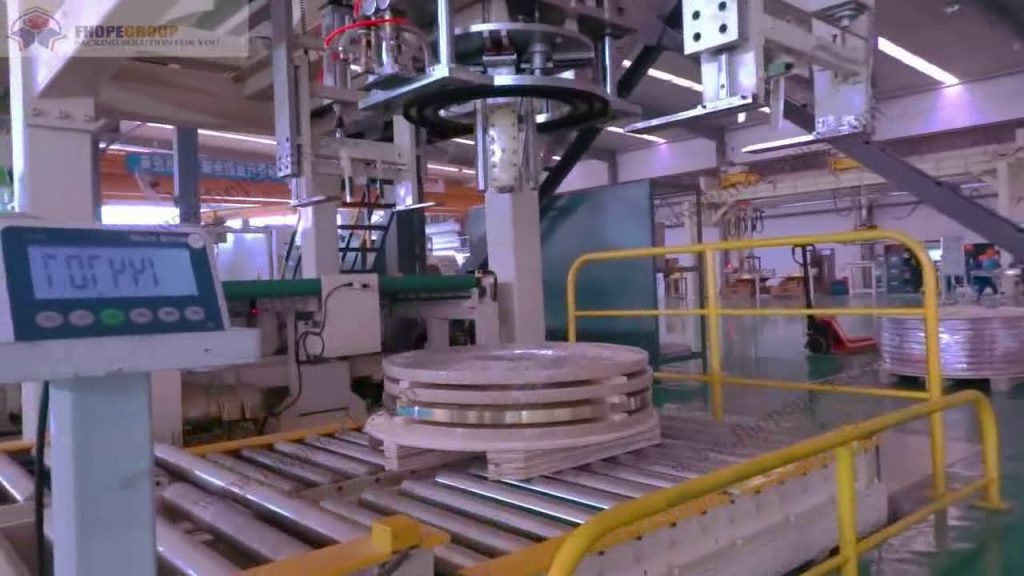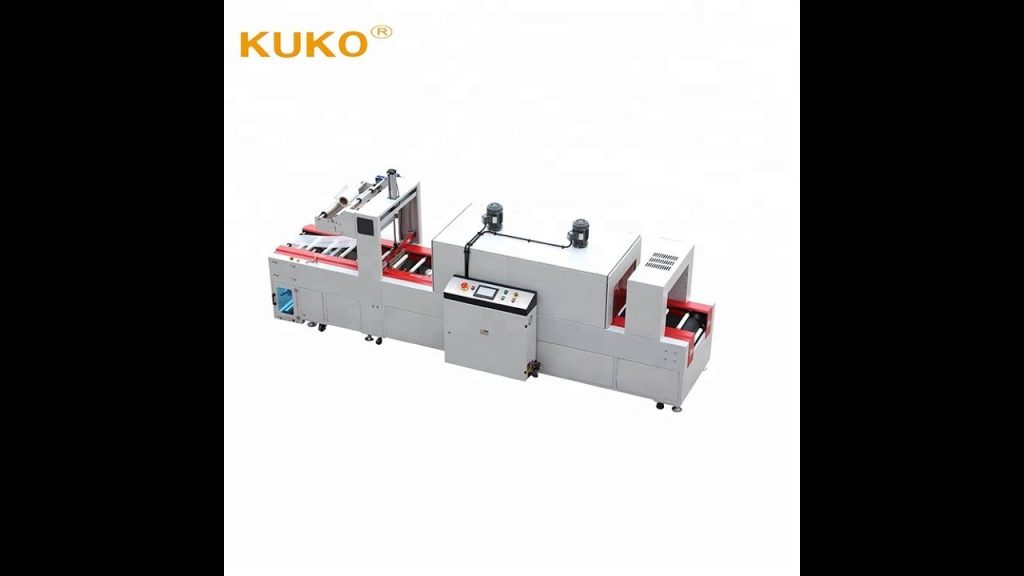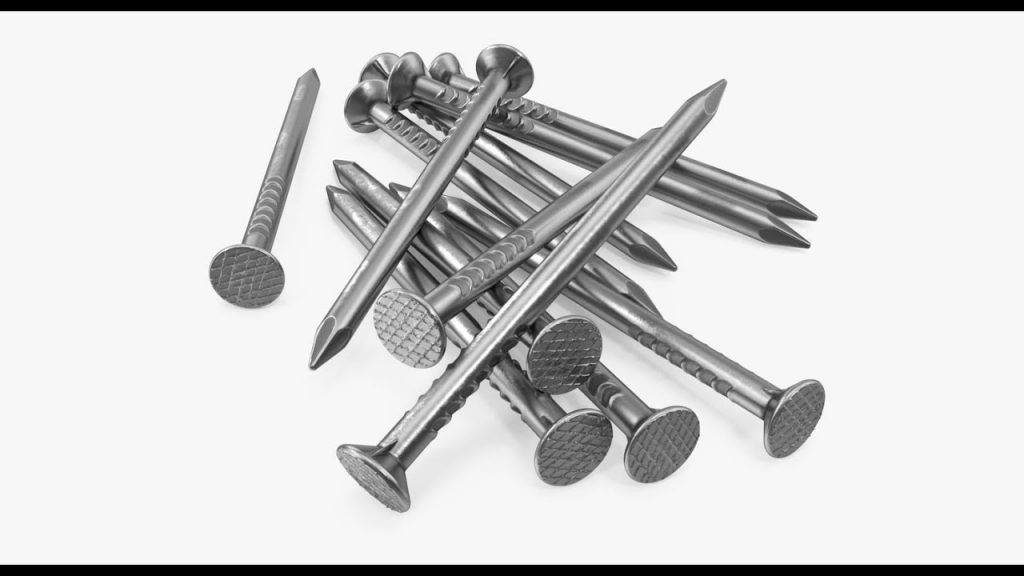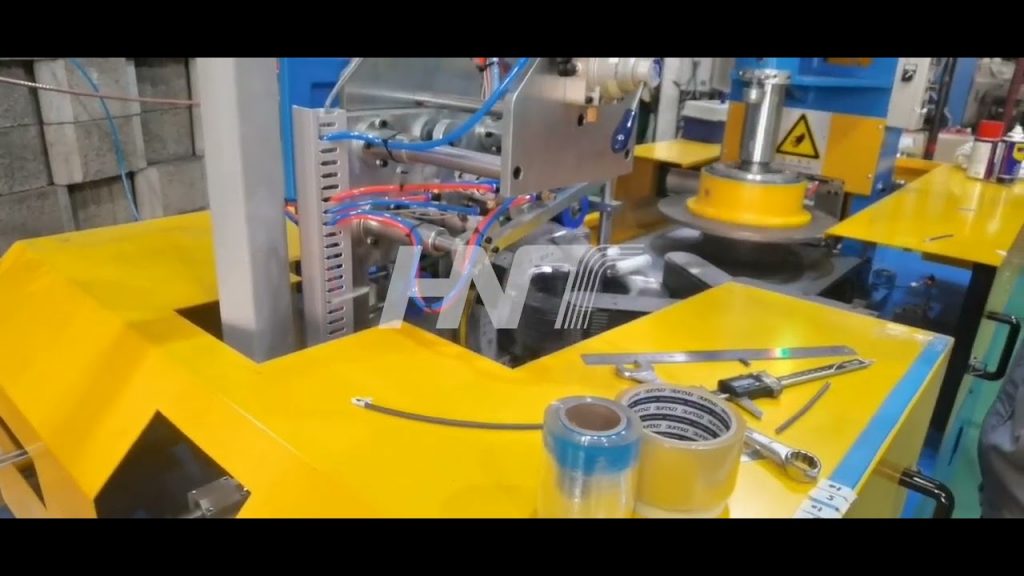Mold Upenders vs Traditional Methods: Which Is Right for Your Operation?
Mold Upenders offer a safer, faster, and more precise alternative to traditional crane methods for rotating heavy molds and dies, significantly boosting productivity and reducing workplace risks.
For many manufacturing operations, the need to rotate heavy molds, dies, or coils is a common yet critical task. Traditional methods often rely on overhead cranes, a practice that, while seemingly straightforward, introduces a host of challenges ranging from safety hazards to operational inefficiencies. In contrast, mold upenders, also known as die flippers or tilters, present a modern, purpose-built solution designed to streamline and secure this essential process. Understanding the stark differences between these approaches is crucial for businesses seeking to optimize their workflows, ensure worker safety, and enhance overall productivity. Which method truly suits the demands of today's fast-paced manufacturing environment? Let's delve into a comprehensive comparison.
The Perils and Pitfalls of Traditional Crane Methods
The image of an overhead crane maneuvering a heavy mold is a familiar sight in many industrial settings. For years, cranes have been the go-to solution for flipping and rotating heavy objects, including molds and dies. However, relying on cranes for this specific task comes with a significant set of drawbacks that can impact safety, efficiency, and even equipment longevity.
One of the most prominent concerns with crane-based mold flipping is safety. Using an overhead crane to pivot a heavy and unwieldy mold is inherently risky. The process often involves maneuvering the mold sideways to reach a pivot point, a maneuver that most cranes are not originally designed for. This off-center loading puts undue stress on the crane structure and its wire ropes, significantly increasing the risk of mechanical failure. The moment of actual flipping is particularly precarious. As the mold approaches its pivot point, the crane wire experiences a rapid shift in load, transitioning from partial support to bearing the entire weight in a fraction of a second. This "whipping" action can place immense stress on the wire, potentially leading to snapping or failure, with catastrophic consequences for both the equipment and personnel.
Beyond the mechanical stresses on the crane itself, human error plays a significant role in the safety equation. Successfully flipping a mold with a crane requires meticulous attention to detail. Workers must ensure the mold is perfectly secured, and the crane connection is positioned precisely at the correct pivot point. Any misjudgment or oversight in these crucial steps drastically amplifies the danger. A misplaced sling, an incorrect lifting point, or a moment of inattention can result in the mold swinging uncontrollably, dropping, or colliding with surrounding structures, causing severe damage and potential injuries. As the weight of the mold increases, these risks are exponentially magnified.
Productivity is another area where crane-based mold flipping falls short. The process is inherently time-consuming. Before the actual flip, significant time is spent securing the mold with slings or chains and carefully positioning the crane. The flipping operation itself must be executed slowly and deliberately to minimize swinging and ensure control. After the flip, the mold needs to be lowered and repositioned, adding further to the overall cycle time. When you tally up the time spent on preparation, execution, and post-flip handling, it becomes clear that crane-based flipping is a slow and labor-intensive method, directly impacting production throughput.
| Feature | Traditional Crane Method | |-------------------|----------------------------------------------------------| | Safety | High risk of accidents, equipment damage, worker injury | | Speed | Slow, time-consuming process | | Labor | Requires skilled crane operators and rigging personnel | | Crane Stress | High stress on crane structure and components | | Precision | Limited control and precision in flipping | | Damage Risk | High risk of damage to molds and surrounding area | | Productivity | Low throughput, impacts overall production efficiency |
Mold Upenders: Engineered for Safety and Efficiency
In contrast to the inherent limitations of crane-based methods, mold upenders are specifically engineered to provide a safe, efficient, and controlled solution for rotating heavy molds and dies. These specialized machines are designed from the ground up to address the challenges associated with flipping heavy loads, offering a significant upgrade in both safety and productivity.
A mold upender operates on a fundamentally different principle than a crane. Instead of relying on overhead lifting and precarious pivoting, an upender utilizes a stable platform and a controlled tilting mechanism. The mold is securely placed on the upender platform, often equipped with features like clamping systems to ensure it remains stable throughout the rotation process. The machine then employs hydraulic or electric actuators to smoothly and precisely rotate the platform, and consequently the mold, by 90 degrees or more. This controlled rotation eliminates the swinging and sudden load shifts associated with crane flipping, dramatically reducing stress on both the equipment and the load.
Key components of a mold upender work in concert to ensure safe and efficient operation:
| Component | Function | Benefits | |-------------------|--------------------------------------------------|-----------------------------------------------------------------| | Motor System | Drives the rotation mechanism | Consistent and reliable rotation speeds | | Control Panel | Allows operators to set rotation parameters | User-friendly interface, precise control over rotation process | | Safety Sensors | Detects obstructions, ensures safe operation | Prevents accidents, protects operators and equipment | | Hydraulic Actuators | Provides force for rotating heavy molds | Smooth and powerful rotation, handles heavy loads effectively | | Feedback Mechanism | Monitors rotation, adjusts for precision | Maintains accuracy, ensures consistent and precise positioning | | Clamping System | Securely holds the mold on the platform | Prevents mold slippage during rotation, enhances safety |
The integrated safety features of mold upenders are paramount. Safety sensors detect potential obstructions or improper loading, halting operation and preventing accidents. The robust construction and stable platform minimize the risk of the machine tipping or failing under load. The controlled rotation process itself is inherently safer, eliminating the unpredictable swinging motions associated with crane methods.
From a productivity standpoint, mold upenders represent a significant leap forward. The automated rotation process is significantly faster than manual crane flipping. Setup time is reduced as molds are simply placed on the platform and secured. The controlled and efficient rotation minimizes cycle times, allowing for faster mold changes and maintenance operations, ultimately boosting overall production throughput. Furthermore, mold upenders often require only a single operator, freeing up valuable labor resources for other critical tasks.
Benefits Unleashed: The Advantages of Mold Upenders
The advantages of implementing mold upenders extend far beyond just safety and speed. The precision, consistency, and reduced operational costs they offer translate into tangible benefits across various aspects of manufacturing operations.
| Benefit | Traditional Crane Method | Mold Upender Solution | Impact on Manufacturing | |----------------------|--------------------------------------------------------------|-----------------------------------------------------------------|-----------------------------------------------------------------------| | Enhanced Efficiency | Slow, manual process | Automated, fast rotation | Increased production speed, reduced cycle times | | Cost Reduction | High labor costs, potential crane maintenance/repair | Reduced labor, lower risk of equipment damage, energy efficiency | Improved profitability, lower operational expenses | | Improved Quality | Inconsistent manual handling, risk of mold damage | Precise, controlled rotation, minimized mold stress | Enhanced product consistency, reduced defects, higher quality output | | Increased Safety | High risk of accidents, worker injuries | Automated process, reduced manual handling, safety features | Minimized workplace accidents, safer working environment, lower insurance costs | | Scalability | Limited adaptability, crane capacity constraints | Adaptable to different mold sizes and production volumes | Supports business growth, flexible production capabilities | | Maintenance Ease | Regular crane inspections, potential wire rope wear | Simplified maintenance, advanced monitoring systems | Decreased downtime, reduced repair costs, improved equipment lifespan | | Energy Efficiency | Crane operation can be energy intensive | Optimized power usage during rotation | Reduced energy consumption, lower operational costs |
Enhanced Efficiency: Mold upenders drastically reduce the time required for mold rotation. What might take 30 minutes with a crane and manual rigging can be accomplished in minutes with an upender. This time saving directly translates to increased production speed and shorter turnaround times.
Cost Reduction: By automating the rotation process, mold upenders minimize the need for manual labor. This leads to reduced labor costs and frees up personnel for other tasks. Furthermore, the reduced risk of equipment damage and workplace accidents can significantly lower maintenance costs, repair expenses, and potential insurance premiums.
Improved Quality: The precise and controlled rotation provided by upenders ensures consistent mold handling, minimizing stress and potential damage to the molds themselves. This careful handling translates to improved product quality by reducing defects caused by mishandled or damaged molds.
Increased Safety: Safety is paramount in any manufacturing environment. Mold upenders significantly enhance workplace safety by automating a hazardous task and minimizing the need for manual handling of heavy and potentially dangerous molds. This leads to a safer working environment for employees and reduces the risk of workplace injuries and associated costs.
Scalability: Mold upenders are available in a range of sizes and capacities, making them adaptable to different production volumes and mold sizes. This scalability allows businesses to easily integrate upenders into their operations and adjust as their production needs evolve.
Maintenance Ease & Energy Efficiency: Modern mold upenders are designed for ease of maintenance, often incorporating advanced monitoring systems that track performance and condition, enabling proactive maintenance and minimizing downtime. Furthermore, optimized motor and hydraulic systems ensure energy-efficient operation, reducing overall operational costs.
Mold Upender vs. Traditional Crane: A Side-by-Side Comparison
To clearly illustrate the distinctions between mold upenders and traditional crane methods, a direct comparison is invaluable. The following table summarizes the key differences:
| Feature | Mold Upender | Traditional Crane Method | |----------------------|-----------------------------------------------|------------------------------------------------------| | Safety | High, engineered safety features | Low, inherently risky operation | | Speed | Fast, automated rotation | Slow, manual, time-consuming | | Labor | Single operator | Multiple personnel required (operators, riggers) | | Precision | High, precise controlled rotation | Low, limited control, potential for swinging | | Cost | Lower long-term costs (labor, safety, efficiency) | Potentially higher long-term costs (labor, risks, downtime) | | Equipment Stress | Low, designed for mold rotation | High, crane not designed for sideways pivoting | | Ease of Use | User-friendly control panels | Requires skilled crane operators and rigging expertise| | Consistency | Highly consistent rotation | Inconsistent, dependent on operator skill |
Applications and Customization
Mold upenders find applications across a wide range of industries where heavy molds, dies, coils, or similar objects need to be rotated. These industries include:
- Plastic Injection Molding: For flipping molds for maintenance, repair, and part removal.
- Die Casting: Handling heavy dies for die changes and maintenance.
- Metal Stamping: Rotating dies for maintenance and storage.
- Coil Handling: Turning coils from horizontal to vertical for processing.
- Manufacturing in general Where heavy items need to be safely and efficiently rotated.
Furthermore, mold upenders are not one-size-fits-all machines. They can be customized to meet specific operational needs. Customization options include:
- Load Capacity: Upenders are available in various capacities to handle different mold weights.
- Platform Size: Platforms can be tailored to accommodate specific mold dimensions.
- Control Systems: Options range from simple manual controls to advanced automated systems with PLC integration.
- Clamping Mechanisms: Customized clamping systems can be designed to securely hold molds of various shapes and sizes.
- Mobility: Some upenders are designed with portability in mind, allowing for easy movement within a facility.
Conclusion: Embrace Modern Solutions for Enhanced Operations
In today's competitive manufacturing landscape, efficiency, safety, and cost-effectiveness are paramount. While traditional crane methods for mold flipping might seem like a familiar and readily available option, they are fraught with inherent risks and inefficiencies. Mold upenders, on the other hand, represent a modern, engineered solution designed to overcome these limitations.
By choosing mold upenders, operations can significantly enhance workplace safety, boost productivity, improve product quality, and realize substantial cost savings in the long run. The precision, control, and inherent safety features of mold upenders make them the clear choice for businesses seeking to modernize their mold handling processes and optimize their overall manufacturing operations. Investing in a mold upender is not just an equipment upgrade; it's a strategic move towards a safer, more efficient, and more profitable future.
